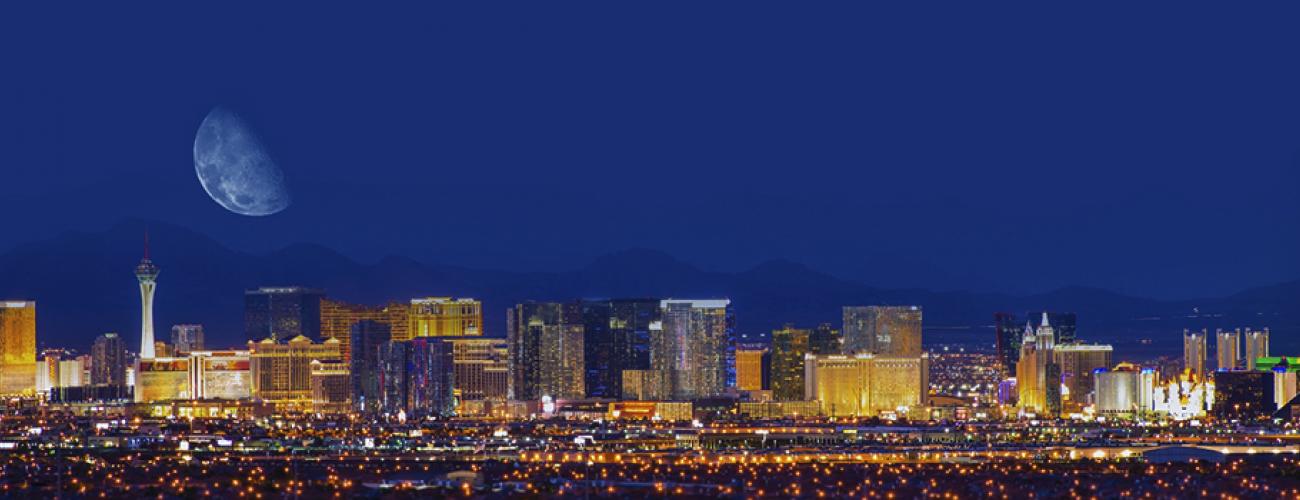

The College of Southern Nevada (CSN) maintains eight campuses around the Las Vegas valley—a metropolitan area with a population of over two million people and a 5-hour drive from Southern California. Popular nearby tourist attractions include Lake Tahoe and Lake Mead (the largest man-made lake in the US), Lake Mojave, the Mt. Charleston Recreation Area, Red Rock Canyon and the Death Valley National Monument. Within a few hours in any direction are ski resorts, lakes for water sports, and some of America's most famous scenic attractions, including the Grand Canyon, Hoover Dam, Zion National Park and many other parks and attractions in Arizona, Utah and California.
Las Vegas, like any other large metropolitan area, offers libraries, museums, theater, art exhibits and parks that are enjoyed and supported by the diverse Southern Nevada population. As one of the fastest-growing areas in the United States, Southern Nevada is an example of modern urban living but also sustains rapidly expanding suburban living areas.
Las Vegas enjoys a mild year-round climate, yet there are noticeable seasonal differences. The annual average temperature is 79 degrees, but it is not unusual for the mercury to hit the 110-degree mark during the summer and dip into the 30s in the winter. Annual rainfall amounts to only 3.5 inches, much of it falling in the winter when snow is falling in the nearby mountains.
Las Vegas has a favorable business climate: taxes are relatively low, and there are neither city nor state income taxes. Due to gambling and sales taxes, the city and state governments are able to avoid imposing personal and corporate income taxes.
HISTORY
The site of Las Vegas (“The Meadows” in Spanish) was originally a watering place for travelers on their way to Southern California and was discovered by Spanish explorers in 1829. It was first settled by Mormons in 1855, who were attracted by its artesian springs. They abandoned their settlement two years later in 1857, and the U.S. Army established Fort Baker there in 1864. In 1867, Las Vegas was detached from the Arizona Territory and joined with Nevada.
The town was established and started to grow with the arrival of the railroad in 1905. However, its growth did not really take off until shortly after 1931, when the Nevada legislature legalized gambling in an effort to lift the state from the Great Depression. The construction of nearby Hoover Dam aided the area economically as well.
The Las Vegas that we know today basically began after World War II, when the idea of large hotels along the brand new “strip” was developed. Las Vegas is the “marriage capital” of America and is home to 50 unique wedding chapels. Tourism and the convention industry are the city's major sources of income, while manufacturing, government, warehousing, hotels, technology and trucking being the major sources of employment.
